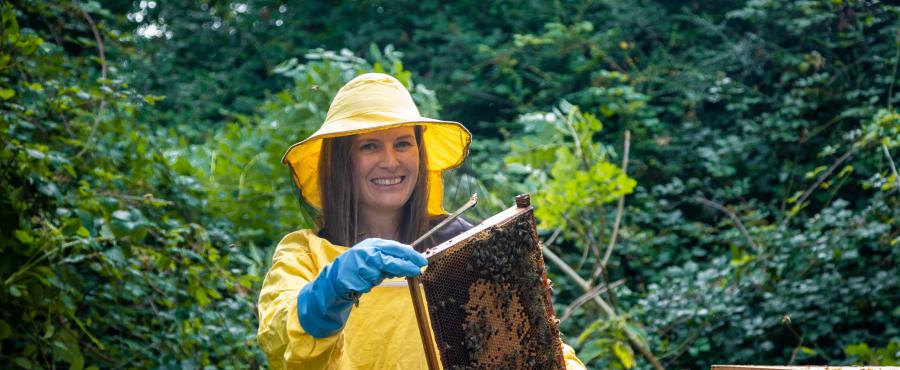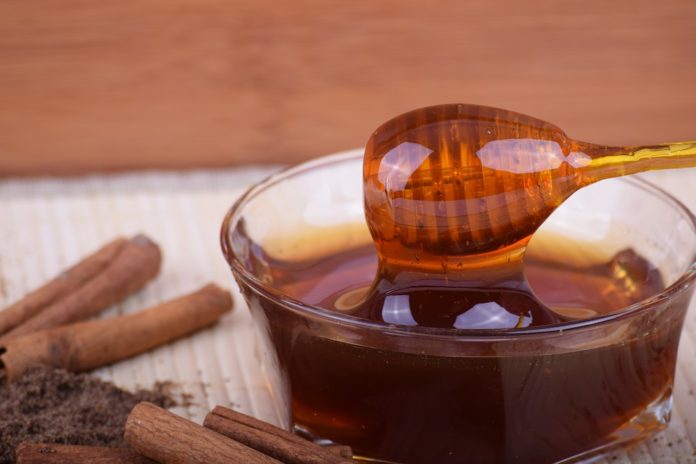Manuka honey has long been hailed as nothing short of a health miracle, purported to do everything from reducing high cholesterol and treat gastrointestinal problems to sort out acne.
Now, it’s the time to replace the manuka honey with newly found Irish heather honey. Scientists at the Dublin City University and Trinity College Dublin have found Irish heather honey that contains various health benefits.
In Irish honey, there are powerful antioxidants present called phenolic compounds as manuka money. These compounds are known to prevent damage occurring in the cells of the body.
Scientists collected and analyzed 131 Irish honey samples directly from beekeepers between 2013-2015 from 78 locations across Ireland. The majority (124) were multi-floral honey (55 from urban, 69 from rural locations); three were heather honey; two were ivy honey and two were oilseed rape, honey.
Scientists explained, “Honey with a dark color typically have a higher TPC (Total Phenolic Content) and thus a higher antioxidant capacity. Urban multi-floral honeys had a higher TPC than rural multi-floral honey. Irish heather honey had the highest TPC of all Irish single-origin honey and had a higher TPC than Manuka honey. Honey color correlates with electrical conductivity and with TPC, although ivy honey was an exception to this.”

Dr Blánaid White, Dublin City University said: “Being able to quantify that Irish honeys have a high phenolic content, and particularly that the content in Irish heather honey is comparable to Manuka honey, is very exciting for us. Our research shows that Irish honey is a high-quality product and something that we should really value. Interest in beekeeping and honey production is growing in Ireland, and we are delighted to be able to support it.”
Prof Jane Stout, Trinity College, Dublin said: “Because bees can forage up to several kilometers from their hives, the availability of food sources, i.e. flowers, in the wider landscape influences what the bees collect and incorporate into their honey. Finding a difference in honey composition between urban and rural hives probably reflects the difference in flower availability in urban and rural areas in Ireland.”
The findings are published in the prestigious journal, Food Chemistry. The research was led by Ph.D. student Saorla Kavanagh (School of Chemical Sciences and DCU Water Institute) and supervised by senior academics Dr Blánaid White (School of Chemical Sciences, DCU) and Prof Jane Stout (School of Natural Sciences, Trinity College Dublin). Funding was provided by the Irish Research Council and honey samples were donated by beekeepers across Ireland.
